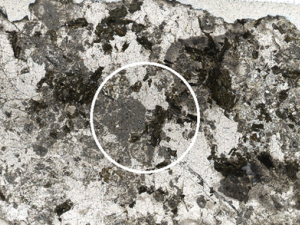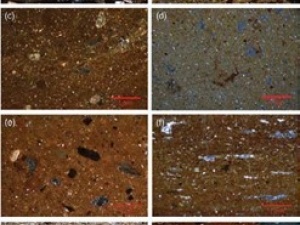Anthropogenic Soils and Landscapes of European Russia: Summer School From Sea to Sea—A Didactic Prototype
Abstract
Field excursions and trainings are considered a key component of education programs in soil and environmental sciences. They allow mastering students’ practical skills in sampling and onsite assessments and improve understanding of ecosystem integrity and complexity. Urbanization has a substantial impact on soil properties and functions; however, field courses focused on urban soils are rare. We present a didactic prototype and the outcomes of the “Monitoring, Modeling, and Management of Urban Green Infrastructure and Soils (3MUGIS)” summer school—the first educational tour observing anthropogenic soils and landscapes along the bioclimatic gradient in European Russia, from tundra to dry steppes. Didactic learning was based on a studying-by-doing approach; students were involved in environmental assessment in multiple regions varying in climatic and socioeconomic features. Considering the high spatial heterogeneity of urban ecosystems, we used express techniques (portable X-ray fluorescence, infrared gas analyzers) for onsite soil analysis at multiple replicas. The data collected were discussed with local and international experts from Russia, Germany, the United States, and France in the context of regional environmental problems (e.g., pollution, soil degradation, and urban expansion). Students discovered zonal changes in vegetation (e.g., increasing tree height and diversity from north taiga to forest steppes) and soil properties (e.g., a gradual increase in pH and changes in soil organic C), as well as urban-specific processes and features (e.g., urban heat island effect or soil artifacts). The overall student feedback was very positive (50.8% excellent, 36% good); some specific organizational issues will be addressed for future 3MUGIS summer schools.
Full article:
Source: Preview Image: keantian/Shutterstock






